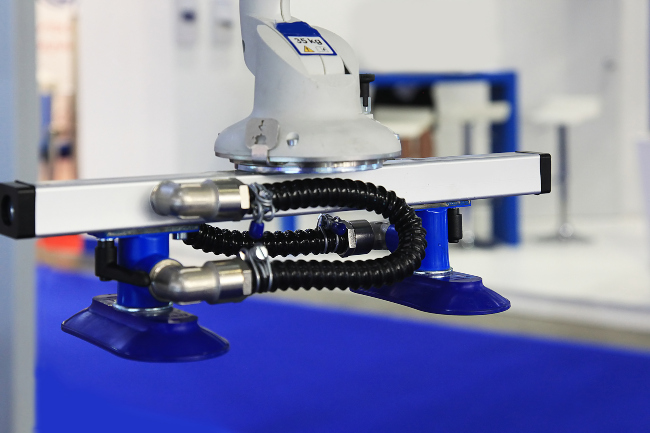How to Handle Robotization?

It’s already relatively clear that robotization and process automation represent the future in a lot of industries. However, implementation of these technologies is a relatively complex issue and there’s no standardized, universally applicable procedure. So how to deal with that?
Don’t rush
A deployment that is too quick can lead to errors and significant losses. Implementation of an element this complex in a functional system should take place organically, over time. Robotic and automated systems that are well implemented bring savings of time and costs, increase accuracy and quality and free workers from physically challenging tasks.
Simplification first, automation second
First, it’s necessary to see an enterprise as a whole and understand all the processes in their full length and width. Based on that, it’s possible to define the areas of top priority and subsequently implement suitable technologies.
The key to success is to first optimize and then automate. This approach is absolutely crucial in order to make sure that we’re dealing with the right things and not losing time and money with useless stuff.
Modelling is a necessity
Robots are not as sophisticated as people. If they make a mistake, they make it repeatedly. That’s the reason why it’s better to make simulation as a tool for management of one’s own implementation. After all, it’s much easier and cheaper to test and tune the model than to find out that the result of new technologies implementation is not corresponding with our expectations.
Fighters for rights of the employees
A common current misinterpretation is that robots are deployed to take over humans’ work. But that’s not entirely true. Robots are deployed together with people, because they complement them excellently, and expand the options of human behavior.
Cooperation between people and robots usually has a positive impact on the whole atmosphere. Robots are able to perform difficult and monotonous activities, while people can apply their talent and creativity. Robots can’t replace creative thinking, strategic planning, long-term project management, nor develop new products or accurately understand human behavior.
Track and trace
When the process of automation is done, it’s necessary to track the performance of the whole system. It’s possible to evaluate investment return only by measuring results regularly and comparing them with the set milestones.
Process automation is a long time run, in most cases. But it also brings long term benefits that are worth it. The reward for systematicity, care and thorough planning of every implementation step will be a significant savings of time, costs, efforts and the whole error rate.
Related articles
Jun 7, 2024
DJI introduces its first delivery drone
DJI introduces its first delivery drone
Jun 7, 2024
5 expert insights into the world of dynamic simulations and logistics
5 expert insights into the world of dynamic simulations and logistics
Apr 2, 2024